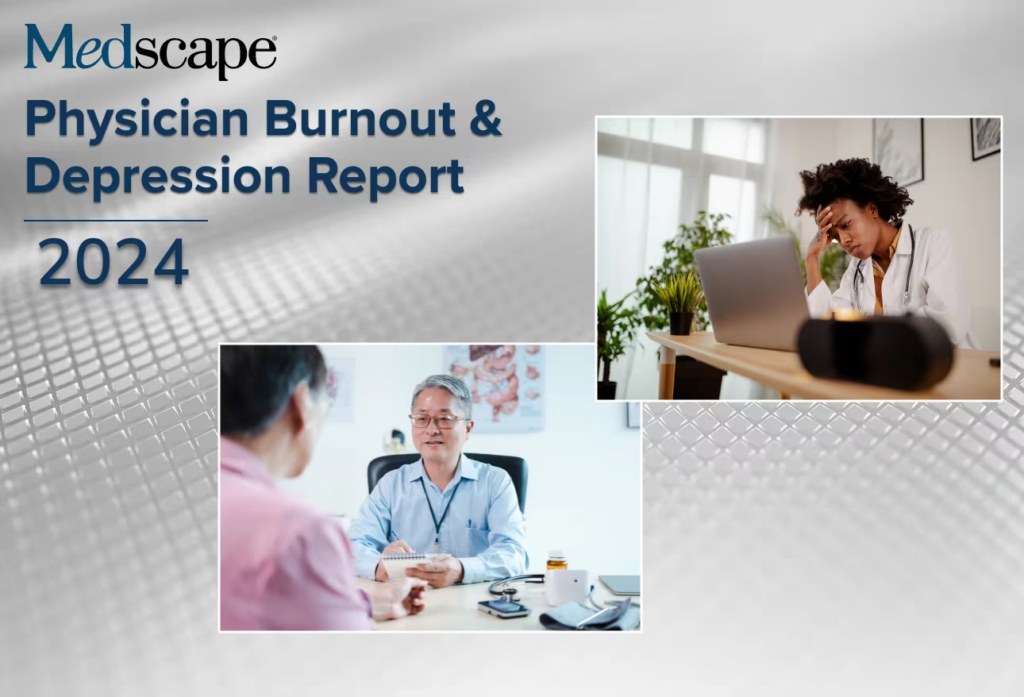
What You Should Know:
– For the first time in years, a glimmer of hope has emerged in the fight against physician burnout and depression.
– The latest Medscape Physician Burnout & Depression Report reveals a significant decline in the rates among U.S. doctors, suggesting a potential shift in the overall mental well-being of this critical workforce.
Burnout Rates Dip, but Challenges Remain
The Medscape Physician Burnout & Depression Report 2024, titled “We Have Much Work to Do,” indicates that 49% of physicians now report experiencing burnout, down from 53% in 2023. Similarly, the percentage of doctors experiencing depression dropped from 23% to 20%. While the decreases are welcome, the report underscores the persistent challenges facing healthcare professionals. Professional stress remains the primary culprit, cited by 83% of respondents as the root cause of their burnout or depression.
While these declines are encouraging, it’s important to remember that nearly half of all doctors still grapple with burnout, and one in five experience depression. The report, aptly titled “We Have Much Work to Do,” highlights the persistent challenges facing physicians.
Professional Stress: The Root of the Problem
- 83% of doctors cited professional stress as the primary contributor to their burnout and/or depression.
- The top three culprits identified were:
- Excessive bureaucratic tasks (62%)
- Long working hours (41%)
- Lack of respect from administrators and colleagues (40%)
These findings underscore the need for drastic changes in healthcare systems to address the root causes of physician burnout. Reducing administrative burdens, promoting work-life balance, and fostering a culture of respect are crucial steps towards creating a healthier work environment for doctors.
Positive Trends
While the decline in burnout and depression rates is encouraging, it’s important to acknowledge that these issues still affect a significant portion of the medical workforce. Nonetheless, the report highlights several positive trends:
- Increased focus on coping mechanisms: More doctors are adopting healthy strategies like exercise, spending time with loved ones, and prioritizing sleep.
- Recognition of potential solutions: Higher pay, increased support staff, and greater work flexibility are seen as key factors in reducing burnout and depression.
The Road Ahead
The decline in burnout and depression rates is a welcome development, but it’s crucial to remember that the journey towards optimal physician well-being is far from over. The report underscores the need for continued efforts from both individuals and healthcare institutions:
- Individual self-care: Doctors must prioritize their own mental health by incorporating healthy habits into their lives.
- Institutional support: Hospitals and healthcare systems need to implement initiatives that reduce bureaucratic burden, foster respect and appreciation for doctors, and offer access to mental health resources.
- Further research: Ongoing studies are needed to identify additional solutions and strategies for preventing and addressing physician burnout and depression.
“We are pleased to report a positive shift in the well-being of physicians,” said Jon McKenna, Medscape Senior Editor of Reports. “These findings underscore the resilience of physicians and emphasize the importance of collaborative efforts to create a supportive work environment.”

